Cost and ROI of Self-Service Kiosks
Initial Setup Costs:
Hardware: Includes the kiosk enclosure, touchscreen display, input devices (keyboards, scanners), output devices (printers), and payment terminals.
Software: Development and installation of user interface (UI), backend systems for transaction processing, and security software.
Installation: Costs associated with setting up the kiosk at various locations and integrating it into existing infrastructure.
Ongoing Costs:
Maintenance: Regular maintenance to ensure hardware functionality, software updates, and security patches.
Support: Technical support and troubleshooting for hardware and software issues.
Operational Costs: Electricity, internet connectivity, and transaction fees (if applicable).
Return on Investment (ROI):
Labor Cost Savings: Reduction in labor costs due to decreased need for human staff to perform routine transactions or customer service tasks.
Increased Revenue: Potential for upselling/cross-selling opportunities, extended service hours, and improved customer throughput.
Operational Efficiency: Faster transaction processing, reduced wait times, and improved customer satisfaction leading to repeat business.
Data Utilization: Collection of valuable customer data for targeted marketing strategies and operational improvements.
How to buy self-service kiosks step by step
Step 1: Define Your Requirements
Identify Needs: Determine the specific purpose of the kiosk (e.g., ticketing, ordering, information kiosk).
Functionality: List required features such as touchscreen interface, payment processing, integration with existing systems, and accessibility options.
Customization: Consider any branding or customization requirements for the kiosk’s appearance and software interface.
Step 2: Research and Compare Options
Vendor Research: Look for reputable vendors specializing in self-service kiosks. Research online reviews, testimonials, and case studies.
Product Comparison: Compare features, pricing, and customization options offered by different vendors.
Request Proposals: Reach out to selected vendors to request detailed proposals that outline costs, timelines, and support services.
Step 3: Budget Planning
Cost Analysis: Evaluate the total cost of ownership, including initial setup, ongoing maintenance, and operational costs.
ROI Calculation: Estimate potential return on investment based on projected savings in labor costs, increased sales, and improved operational efficiency.
Step 4: Vendor Selection
Vendor Meetings: Schedule meetings or calls with shortlisted vendors to discuss your requirements and proposed solutions.
Demonstrations: Request demonstrations or trials of the kiosk hardware and software to assess usability and functionality.
Negotiation: Negotiate pricing, terms of service, warranty, and support agreements with the chosen vendor.
Step 5: Design and Customization
Customization: Work with the vendor to customize the kiosk’s appearance, user interface, and functionality to align with your brand and operational needs.
Hardware Configuration: Finalize hardware specifications, including enclosure design, touchscreen size, peripheral devices, and payment terminals.
Step 6: Installation and Integration
Site Preparation: Ensure the installation location meets technical requirements (e.g., power supply, network connectivity).
Installation: Coordinate with the vendor for kiosk delivery, setup, and installation at the designated location.
Integration Testing: Test integration with existing systems (e.g., payment processors, backend databases) to ensure seamless operation.
Step 7: Training and Launch
Staff Training: Provide training sessions for staff members who will interact with or support the kiosk.
Soft Launch: Conduct a soft launch to gather user feedback and address any initial issues before full deployment.
Step 8: Maintenance and Support
Maintenance Plan: Establish a maintenance schedule and procedures for regular updates, repairs, and hardware/software upgrades.
Support Agreement: Ensure a support agreement is in place with the vendor to address technical issues and provide ongoing assistance.
Step 9: Monitoring and Optimization
Performance Monitoring: Monitor kiosk performance, usage analytics, and customer feedback to identify areas for improvement.
Optimization: Continuously optimize kiosk operations and user experience based on data-driven insights and user feedback.
Step 10: Evaluation and Scaling
Evaluation: Regularly assess the kiosk’s impact on business goals and ROI metrics to justify investment and identify areas for further enhancement.
Expansion: Consider scaling the deployment by adding more kiosks or expanding functionalities based on successful implementation and positive outcomes.


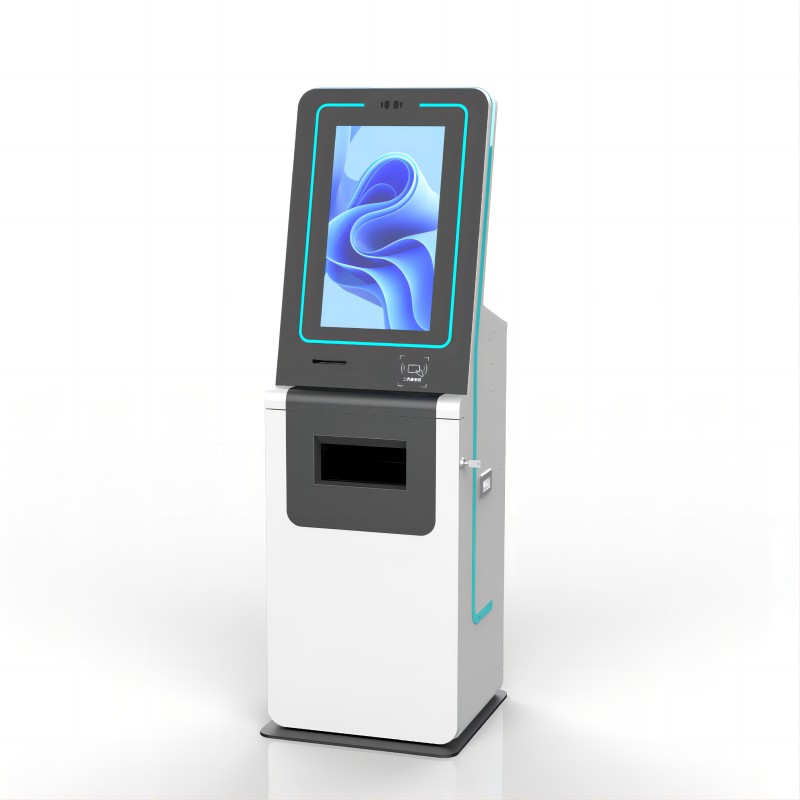
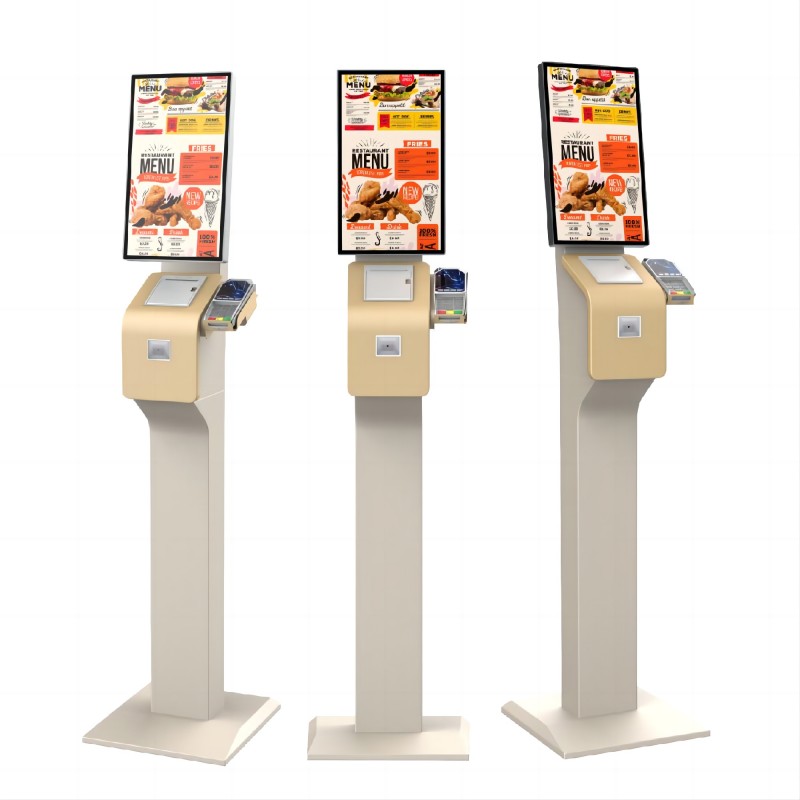
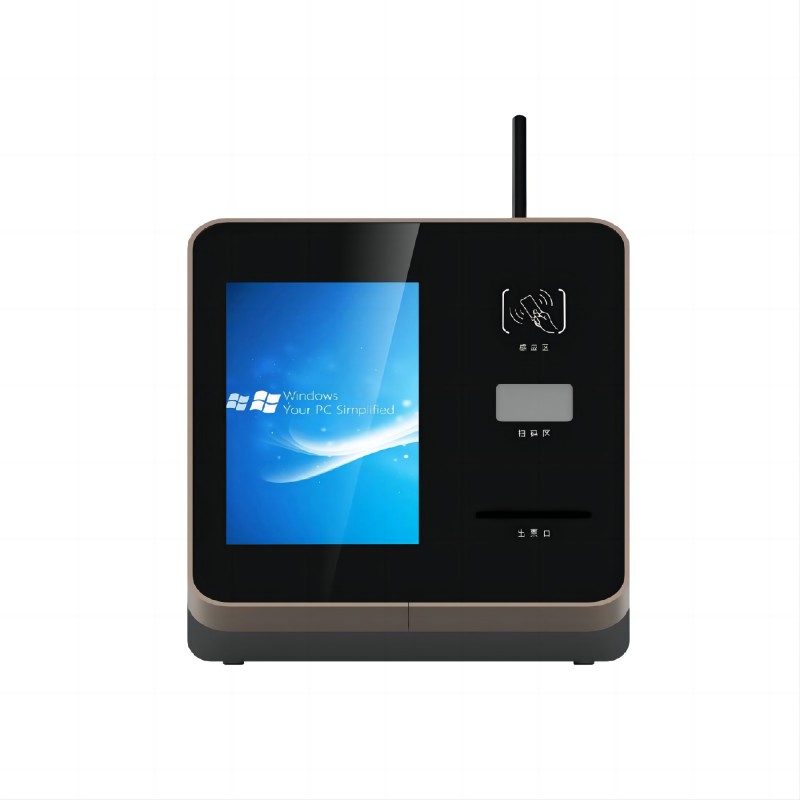
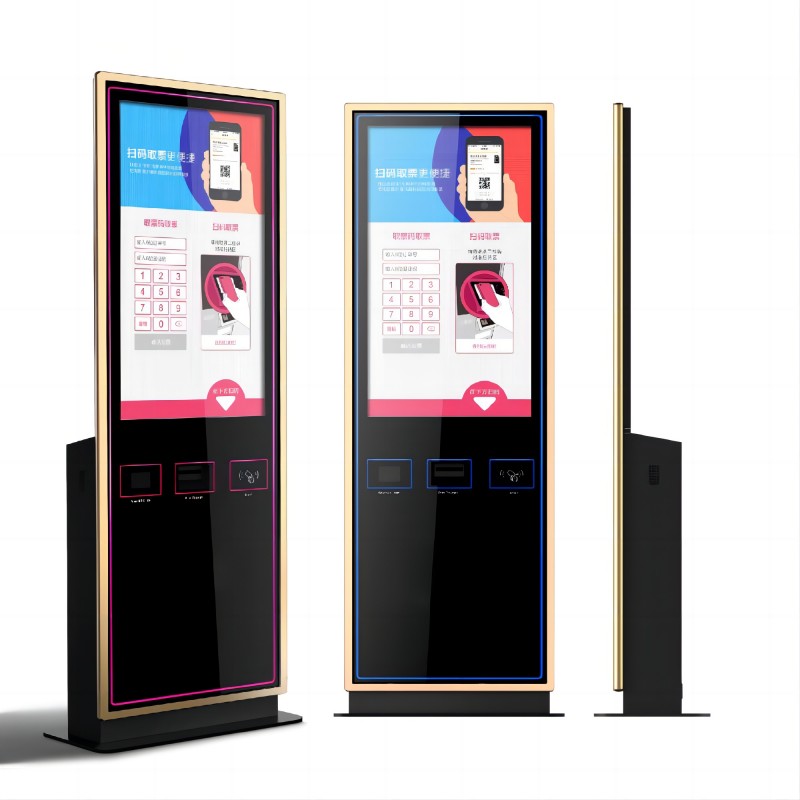
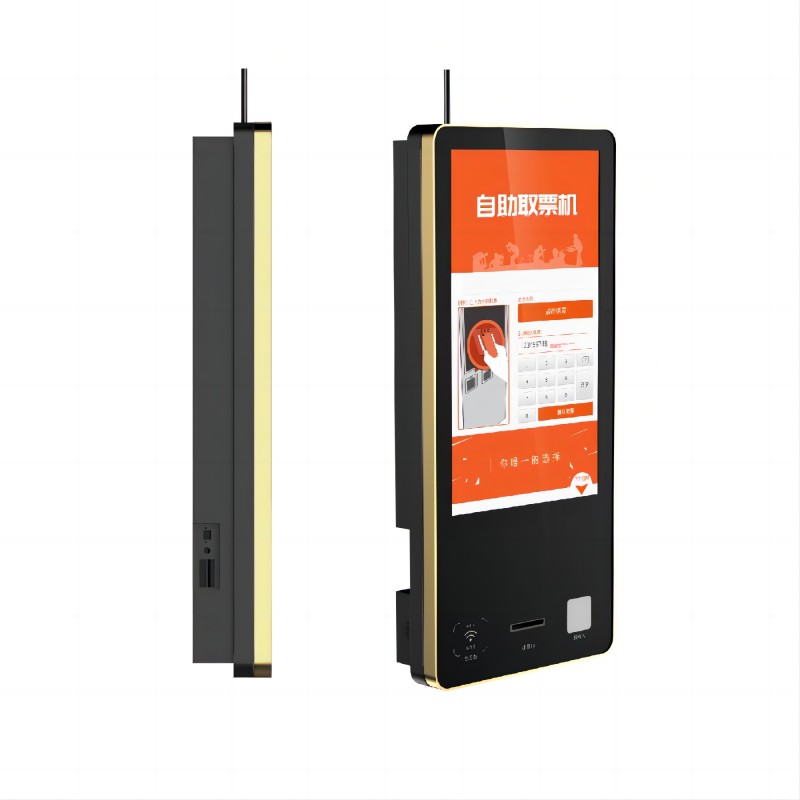

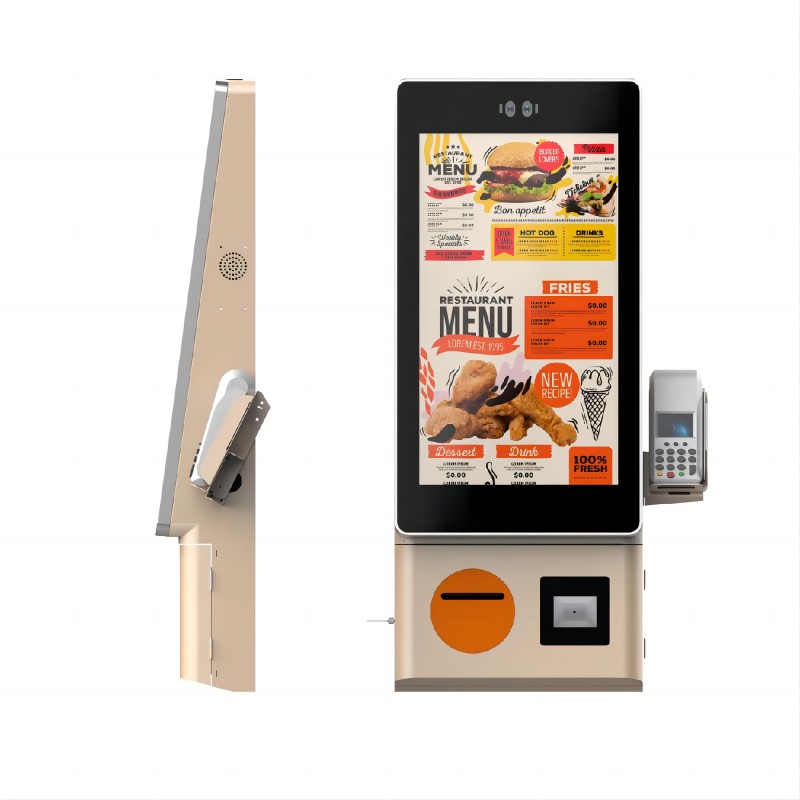
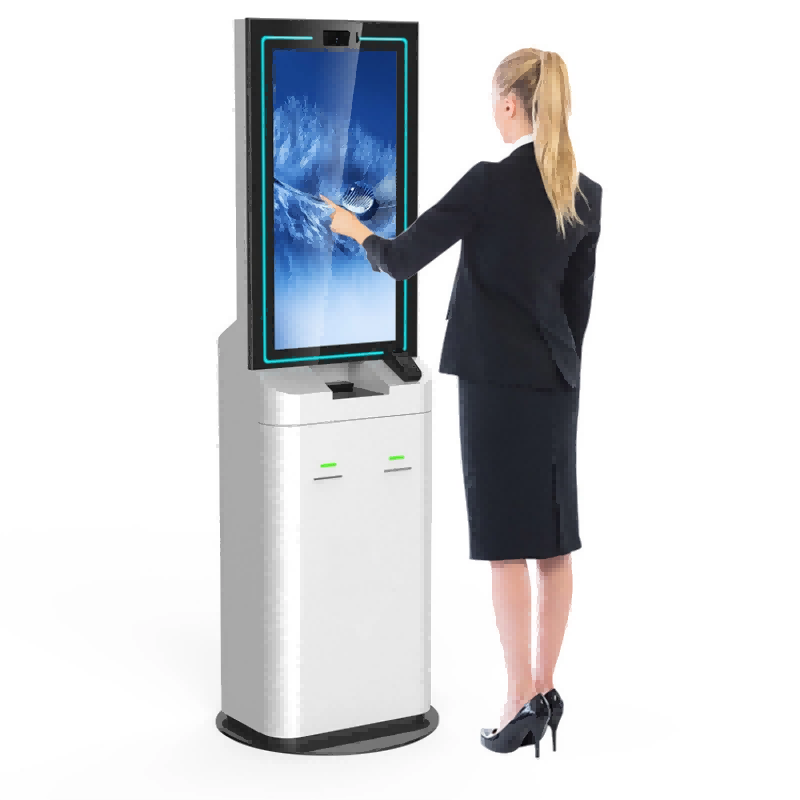

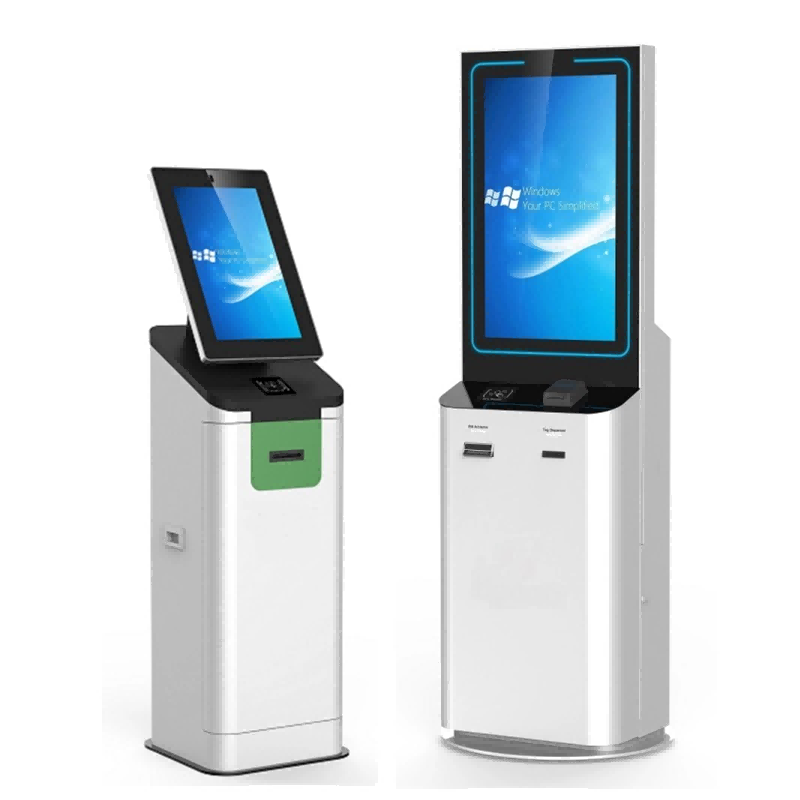
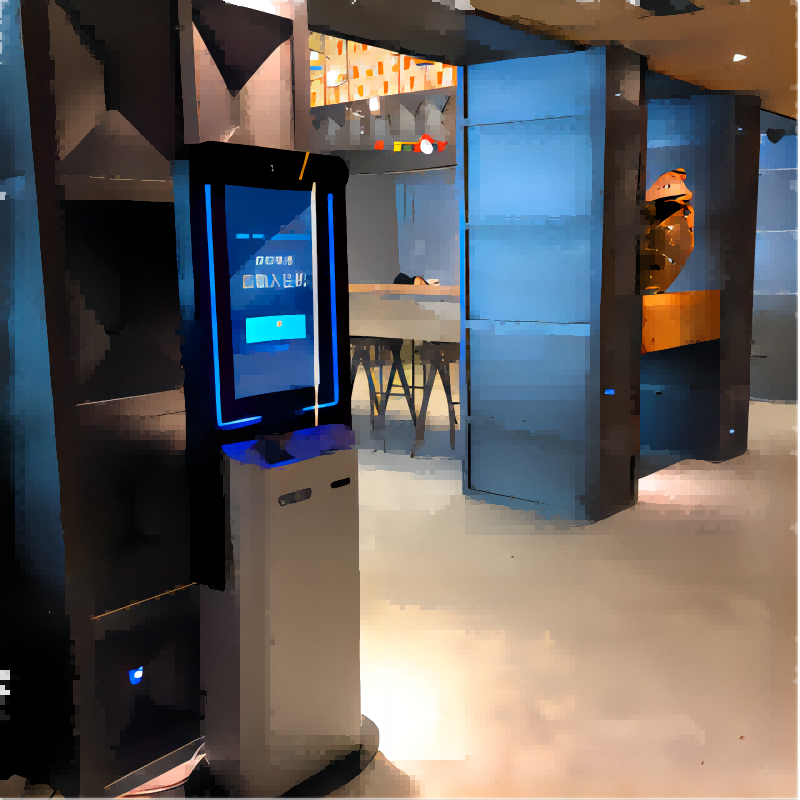
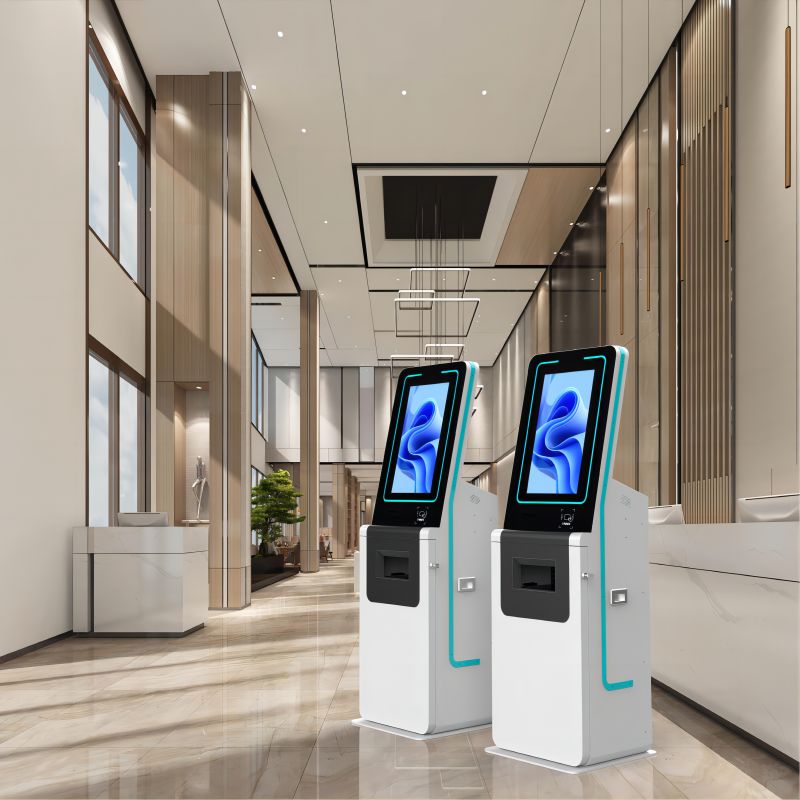
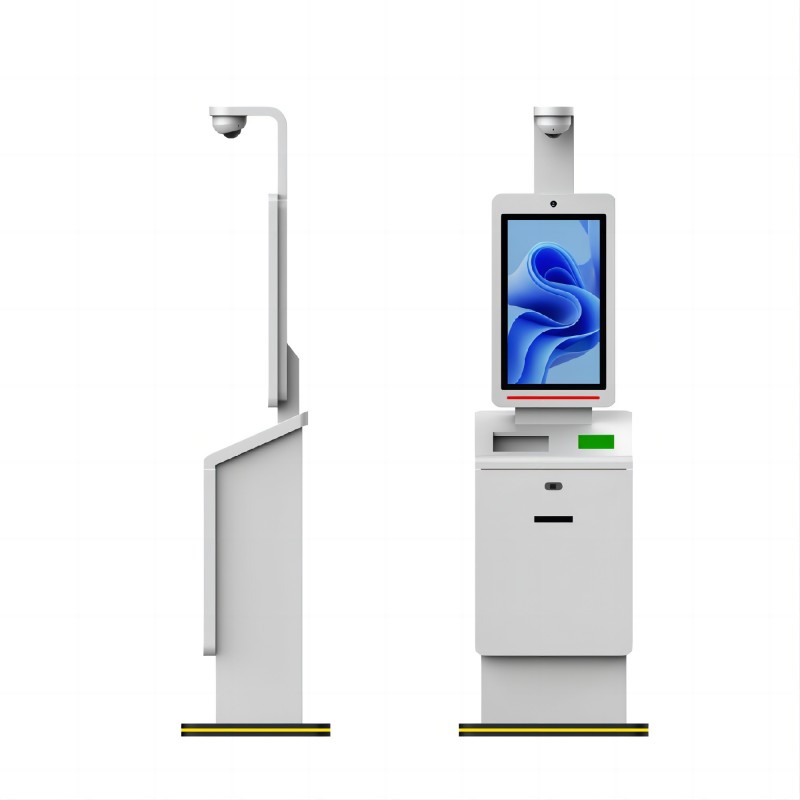
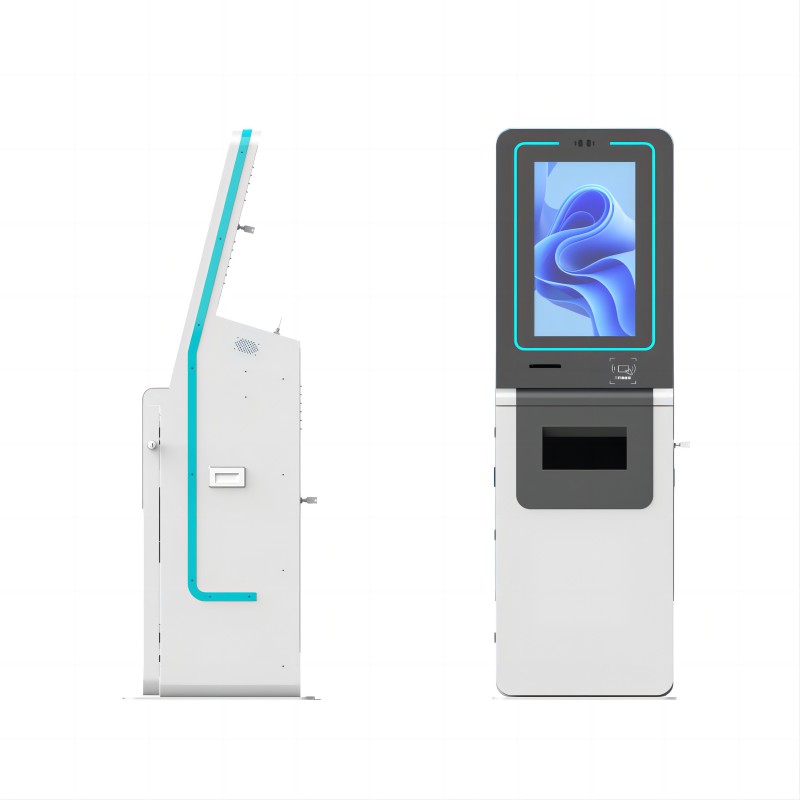
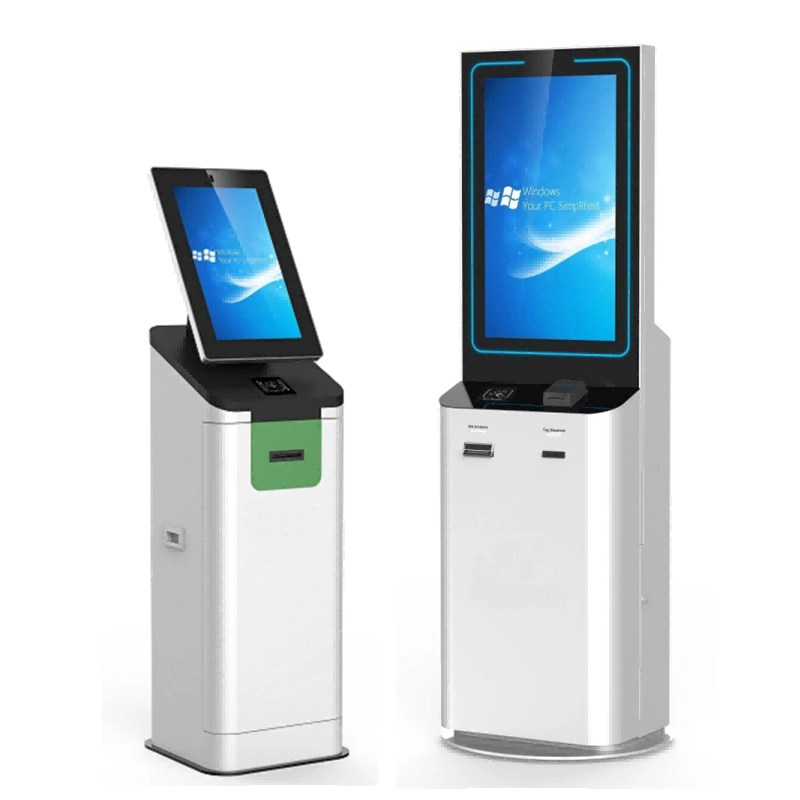
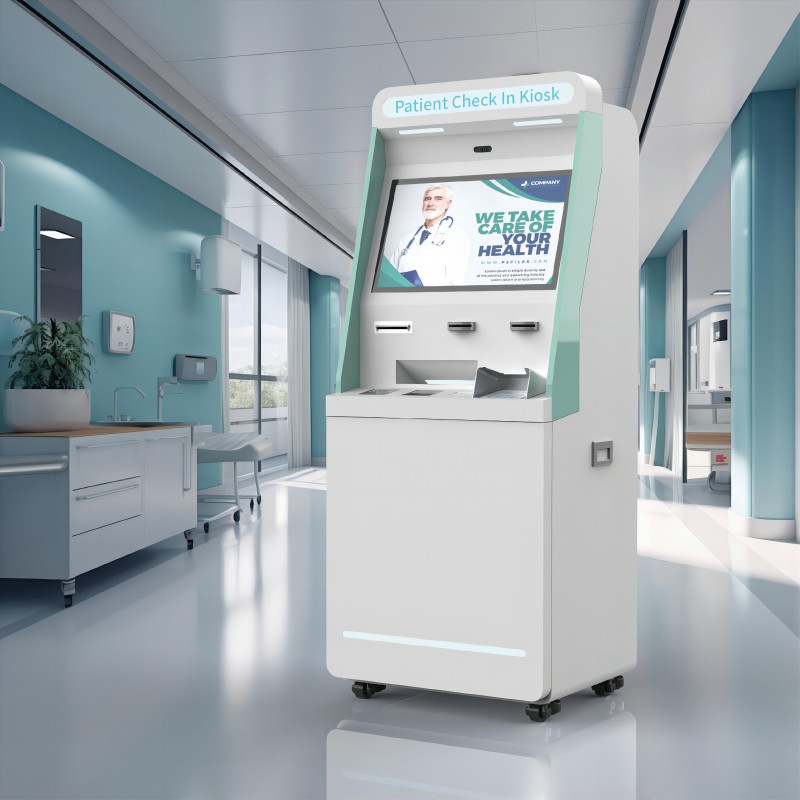
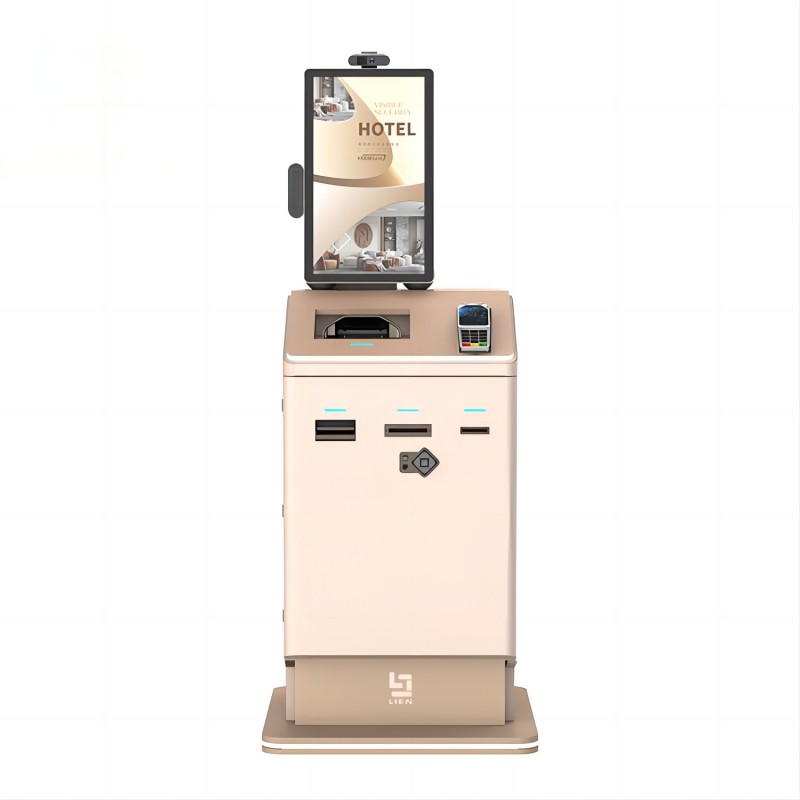
What did our happy clients say?
Extremely pleased with the user-friendly interface of this self-service kiosk, making transactions effortless and enhancing customer satisfaction. Thank you for simplifying our operations!
Highly satisfied with the durability and reliability of our new self-service kiosks. They've proven robust under heavy customer traffic, ensuring uninterrupted service. Appreciate the quality craftsmanship!
Impressed by the versatility of these self-service kiosks. Their ability to handle diverse transactions seamlessly has boosted our efficiency and customer service levels. Thank you for a flexible solution!
Grateful for the comprehensive support provided post-purchase. From installation to ongoing maintenance, your team's expertise ensures our self-service kiosks operate smoothly day in and day out. Thank you for the exceptional service!